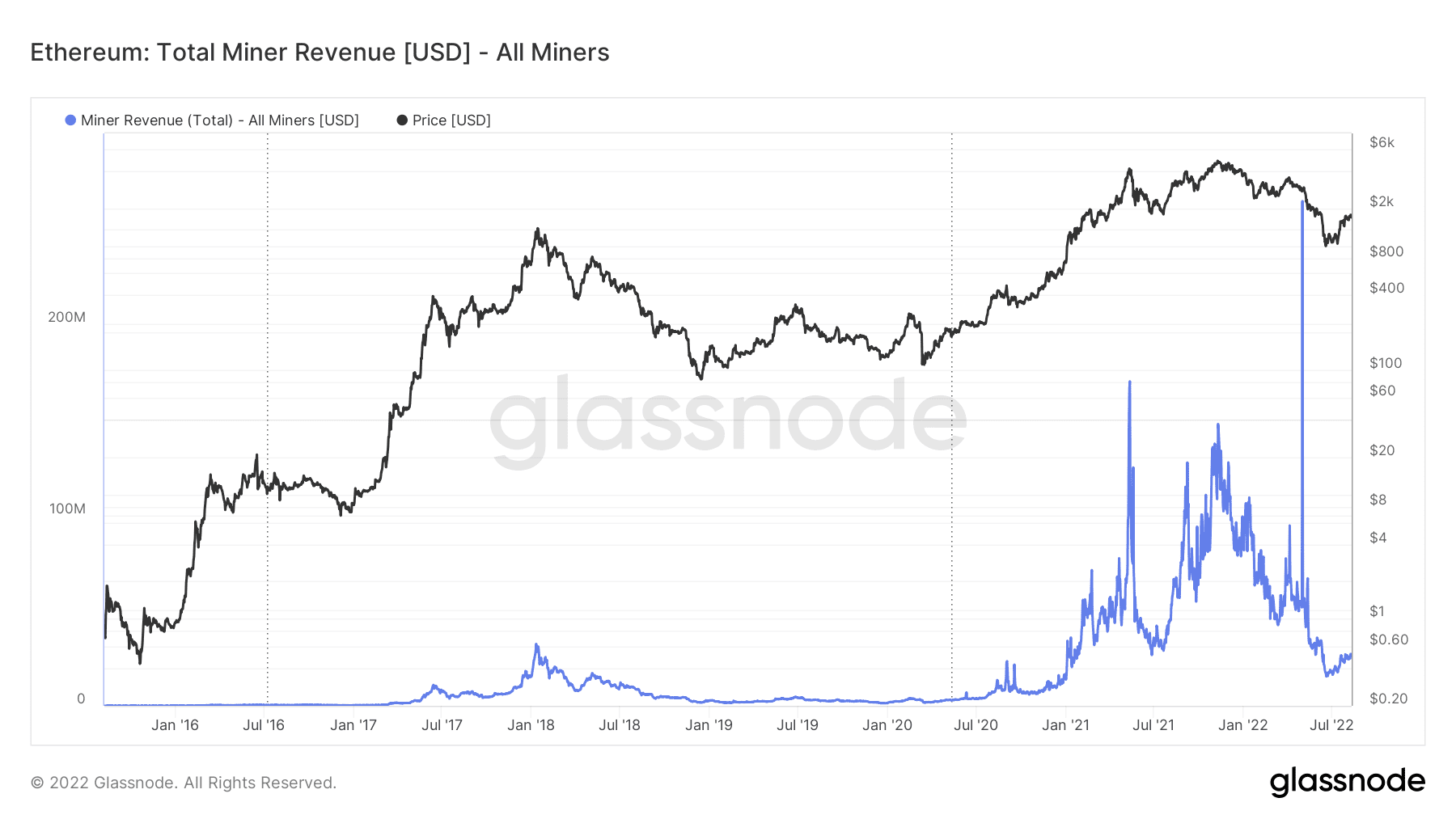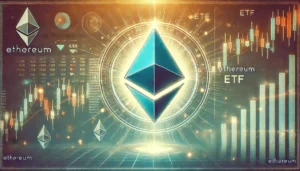What are the risks associated with the Ethereum Merge?
5 min readTable of Contents
With each passing day, the long-awaited consensus shift of Ethereum to Proof of Stake is drawing closer. If everything goes according to plan, most Ethereum developers are currently assuming that the merge will take place on September 19th. The last major testnet “Görli” has already been successfully placed on the new consensus mechanism.
Never before has such a switch been made on such a large blockchain project. It is therefore clear that there are also some risks associated with the upgrade.
The upgrade will shift the consensus mechanism of the Ethereum blockchain from Proof of Work (PoW) to Proof of Stake (PoS). In short: Ethereum network will in future be secured by investors and their capital in ETH instead of miners. From this point on, it is no longer miners, but validators who confirm transactions, process them in blocks and attach them to the Ethereum blockchain.
To the detriment of many ether miners, the merge threatens to end a multi-billion dollar industry.

However, it is unrealistic for miners to go out of business without a fight. They will fork ETH (copy blockchain) and advocate for an alternative Ethereum blockchain still based on Proof of Work.
There are already ETH miners who are looking for an alternative ETH PoW Blockchain (ETHPOW) make strong. Additionally, crypto exchanges like Bitmex or Poloniex already tradable futures contracts for ETHPOW. This gives investors the opportunity to speculate on the future price of these potential forks.
Whether the ETH PoW Forks are ultimately valuable or not is an open question. However, it is likely that these forks could create confusion for the Ethereum ecosystem in the short term. In addition to possible technical difficulties, forks could also become a problem for a successful introduction of the Ethereum PoS Blockchain.
Danger from ETH Forks
Forks are not uncommon in the crypto world. However, they can cause complications. BTC also experienced a large number of forks in 2017. At the time, large parts of the BTC community did not agree with the so-called SegWit upgrade. As a result, the Bitcoin blockchain was forked and BTC holders received tokens at a 1:1 ratio on each forked blockchain (BCH for Bitcoin Cash, BCD for Bitcoin Diamond, BSV for BTC Satoshi Vision, etc).
While most of these forks have since faded into obscurity, many had multi-billion dollar market caps at their peak. BTC Cash (BCH) has a market cap of over $2.6 billion as of today.
Many investors received new BTC tokens that had a market value through the forks at that time. They faced the choice of getting rid of their freshly forked tokens for more BTC or keeping them in line with the vision of the new blockchains. The question that now arises: does ETH face the same fate?
Just as with BTC in 2017, it is already clear that there will be ETH forks. Each Ether holder will therefore receive ETHPOW tokens at a 1:1 ratio. However, there is a key difference between ETH and BTC. With a BTC fork, only the native token, BTC, has to be forked. With ETH, on the other hand, miners can theoretically fork an entire ecosystem of tokens and decentralized applications.
Should miners decide to hard fork, it means that all these tokens and protocols technically also exist on the new PoW blockchain. For some, this could cause confusion. It is therefore likely that the merge will cause increased market volatility until a new consensus is established.
Consequences for stablecoins and DeFi protocols
For example, the value of stablecoins such as USDT or USDC cannot be copied one-to-one to another blockchain. This is because the capital backing these stablecoins is not on the blockchain, but resides in the bank accounts of the companies behind these stablecoins.
Just because tokens exist on a forked version of ETH doesn’t mean they have the same value as the tokens on the ETH PoS blockchain.
For example, Circle, the company behind USDC, already has announced, that it will only support the Ethereum PoS blockchain. Conversely, this means that any USDC on possible ETH PoW forks will be worthless.
Another question that arises: what is the value of a non-fungible token (NFT) on an ETHPOW blockchain versus the NFT on the PoS-based blockchain? The merge also raises a number of questions for many DeFi protocols. Which DeFi protocols support ETH PoW and which only support ETH PoS?
Many DeFi projects, including Chainlink, for example, have announced that they will exclusively support the PoS ETH blockchain. For the PoW ETH forks, this means that many of their possible forked DeFi protocols are dysfunctional, as they lack sufficient liquidity and the necessary oracle infrastructure. It is therefore likely that forked tokens on ETH PoW forks will fall towards zero in value.
One thing is therefore already certain: the hours before and after the merge will point the way for the future of the ETH PoS blockchain. There will be chaos in the DeFi ecosystem for a short time while hundreds of billions of dollars in capital fall to zero on one ETH fork and not on the PoS version.
Vitalik Buterin remains optimistic
ETH founder Vitalik Buterin is nevertheless convinced that such Ethereum forks will not have any negative effects on ETH PoS in the long term. At an ETH conference in South Korea in July explained Buterin that the majority of the ETH ecosystem is behind ETH PoS:
My impression from pretty much everyone I’ve spoken to in the ETH ecosystem is that they fully support the move to Proof of Stake
According to Buterin most ETHPOW projects are usually just “a few misfits” looking to make a quick buck.
Despite this, the ETH mastermind noted that there could be complications if ETH PoW forks gain significant acceptance in a short period of time and the ETH PoS blockchain fails to function as planned.
Conclusion
Ethereum Merge represents a unique event in the history of the crypto world. Never before has such a large blockchain switched from PoW to PoS. It is normal that such a complex project can cause confusion. Therefore, it is likely that volatility in the ETH ecosystem will increase for a short period before and after the merge before a new equilibrium is established.
As a user, you can still remain relaxed. The merge is coming and users don’t have to take any further steps to initiate it. The majority of ETH projects, crypto exchanges and institutional investors rely on ETH PoS.
It is therefore unlikely that any of the potential ETH PoW forks will pose serious competition for the ETH Proof of Stake blockchain. Still, it might be wise to keep your feet still and not take speculative trades during the merge due to increased volatility.






